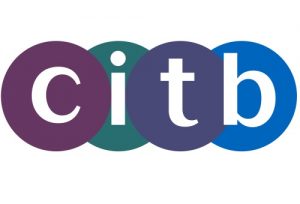The RIBA has said it has ‘serious concerns’ about the direction of the post-Grenfell review of Building Regulations, warning that its recommendations will not bring about the changes needed.
The institute said the Independent Review of Building Regulations and Fire Safety, led by Judith Hackitt and responding to the Grenfell Tower fire, had overlooked the RIBA’s calls to ban flammable cladding, fit sprinklers in existing housing blocks and ensure a second means of escape for all high-rise residential buildings.
In December the RIBA criticised Hackitt’s interim report, claiming it had shied away from ‘introducing immediate and effective changes’.
Now, following the second phase of the review, which included the RIBA’s input into two working groups on design, construction and refurbishment and competence, the institute’s expert panel says it fears ‘the current set of proposals under consideration by Hackitt will not provide clarity for professionals or deliver assurance for the public’.
The RIBA has now written to Hackitt and housing secretary Sajid Javid (see attached), urging an immediate consideration of the recommendations laid out by the RIBA before the final report is due in May.
RIBA past president Jane Duncan, who chairs the institute’s Expert Advisory Group on Fire Safety, said: ‘The RIBA has engaged closely with [Hackitt] and her review and we welcome many of the suggestions made in her interim report to strengthen the building control system.
‘However, we fear that the current set of proposals under consideration overlook simple but critical changes that would provide clarity for professionals and most importantly, would help protect the public.
’Sprinklers, a second means of escape and a ban on flammable cladding for high-rise residential buildings are common-sense recommendations, and a basic requirement in many other countries. We have written to the secretary of state making clear that there must be a thorough rewriting of the Building Regulations and guidance on all aspects of fire safety, to avoid continuation of the regulatory failings that lead to the Grenfell Tower fire.’
The RIBA’s four key recommendations for ‘baseline prescriptive requirements’ –
- External walls of buildings over 18m in height to be constructed of non-combustible (European class A1) materials only
- More than one means of vertical escape from new multiple-occupancy residential buildings over 11m high, consistent with current regulations for commercial buildings (which are arguably lower risk)
- Retrofitting of sprinklers/automatic fire suppression systems to existing residential buildings above 18m from ground level in height as ‘consequential improvements’ where an existing building is subject to ‘material alterations’
- Sprinklers/automatic fire suppression systems in all new and converted residential buildings, as currently required under Regulations 37A and 37B of the Building Regulations for Wales
[SOURCE – ArchitectsJournal.co.uk]







